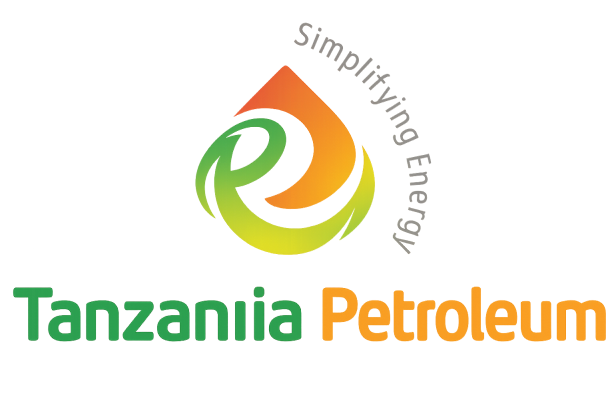Many investors assume that opening a petrol station in a busy location guarantees profit. In reality, success is far more nuanced.
Tanzania’s petrol station market is evolving — and those who focus solely on traffic are missing the hidden factors that drive sustainable profitability.
The Myth: Busy Roads Equal Success.
High-traffic areas were once considered prime locations. Investors believed:
“The more cars pass by, the higher the sales.”
But today, that logic often fails because:
- Margins on fuel are tight and fluctuating
- Customers are price-sensitive and increasingly selective
- Competing stations are closer together than ever.
Visibility alone is no longer enough.
The Reality: Profit Comes from Understanding Demand.
- Stations located near high traffic areas can underperform if:
- Drivers are mainly commuters who refill elsewhere.
- Nearby stations start price war.
- Poor service or stockouts push customers to competitors.
The stations that thrive are those that understand the behavior behind every refill.
Top-performing stations in Tanzania often share these characteristics:
- Located along consistent fleet and logistics routes, not just busy streets
- Operate with efficient processes to minimize fuel loss and maximize cash flow
- Offer services customers rely on, from convenience retail to vehicle maintenance
- Track competitor activity and adapt to local pricing dynamics
The question is no longer “Where should I put my station?”
It’s “Which site will generate consistent, long-term demand?”
Three Strategies for Long-Term Success.
Analyze Traffic Patterns.
Fleet vehicles, transport corridors, and regional routes often outperform high-density commuter areas. Mapping these patterns uncovers hidden revenue opportunities.
Optimize Operations
Efficient management of fuel inventory, cash flow, and non-fuel services ensures consistent margins, even in competitive markets.
Leverage Non-Fuel Revenue
Car washes, retail, and quick-service offerings increase overall profitability and attract repeat customers.
How Tanzania Petroleum Supports Investors
Tanzania Petroleum provides location intelligence and market insights that help investors:
- Identify and verify locations with long-term demand potential
- Evaluate growth corridors and underserved areas
- Assess competitor proximity and local pricing trends
- Make strategic, data-backed investment decisions
With Tanzania Petroleum, choosing a location becomes a calculated strategy, not a guess.
Closing Thought.
In Tanzania’s petrol station industry, profitability is driven by insight, not assumption.
Investors who combine location intelligence, operational efficiency, and customer-focused services are the ones who consistently outperform the market.
Data-driven decisions today are the difference between a thriving station and a missed opportunity tomorrow.
Contact us via +255(0)655376543 or hussein.boffu@tanzaniapetroleum.com






